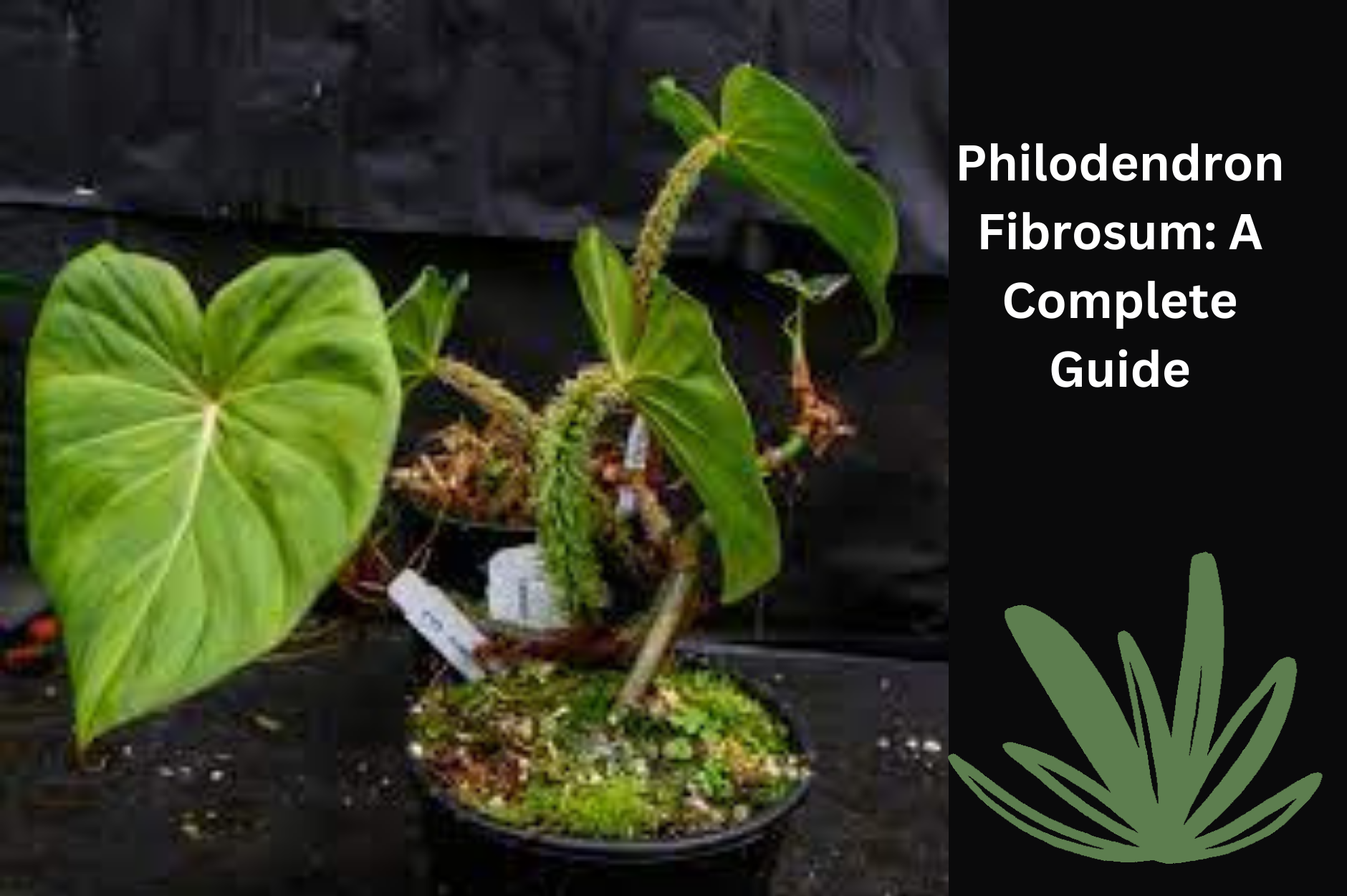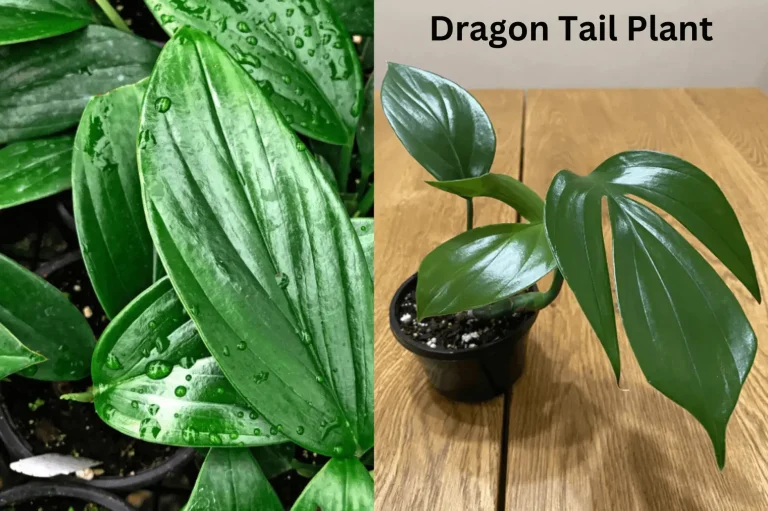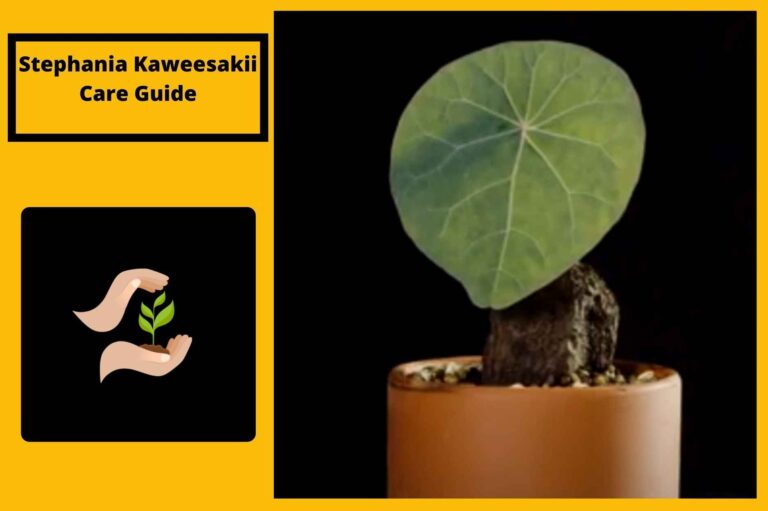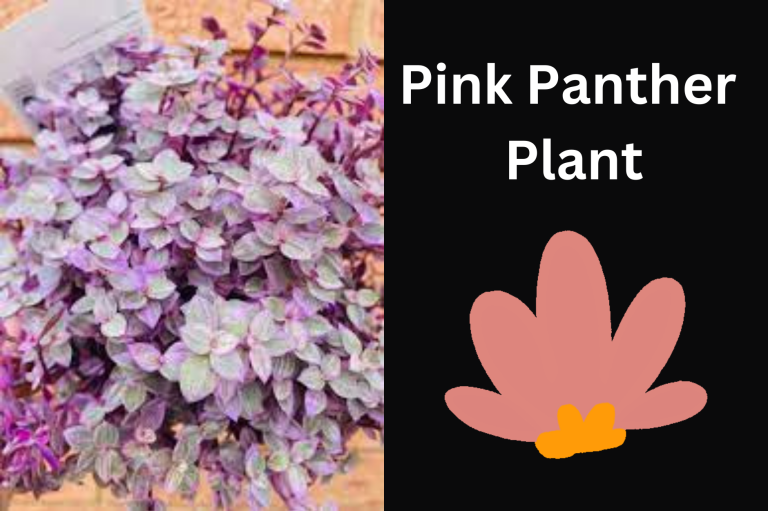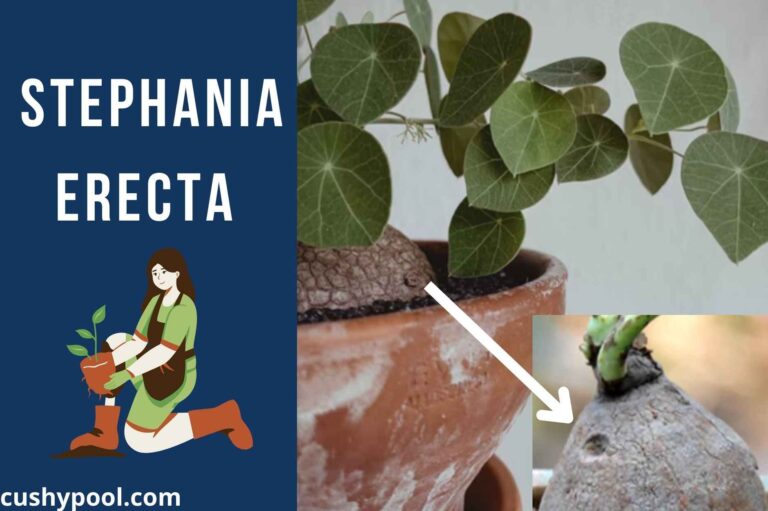Philodendron Fibrosum: A Complete Guide
Philodendron fibrosum is a species of plant in the family Araceae, native to Brazil. It is a climbing or creeping herb with large, glossy, dark green leaves. The leaves are heart-shaped and have a distinctive, fibrous texture. The plant produces small, greenish-yellow flowers that are followed by orange or yellow berries.
Like the dragon tail plant, it’s an ornamental plant that is often grown as a houseplant or in outdoor gardens in tropical and subtropical climates. It is known for its ability to thrive in various conditions and is relatively easy to care for. Like other philodendrons, it is known for its ability to purify the air by removing environmental toxins.
Furthermore, it is a beautiful, evergreen, and easy-to-care-for plant that is perfect for indoor gardening. With its large, glossy green leaves and unique texture, it can add a touch of elegance to any room. This guide will cover everything you need to know about propagating, caring for, and troubleshooting common problems with your Philodendron fibrosum.
Propagation of Philodendron Fibrosum
One of the best things about this plant is that it is easy to propagate. There are a few different ways to do this, including stem cuttings and air layering.
- Stem Cuttings: To propagate Philodendron fibrosum through stem cuttings, simply take a cutting from a mature plant and remove the lower leaves. Dip the cutting in the rooting hormone and place it in well-draining soil. Keep the cutting in a warm and humid area; it should root within a few weeks.
- Air Layering: Another way to propagate, is through air layering. To do this, make a small incision in a stem and wrap it with damp moss. Keep the moss damp and within a few weeks, roots will form. Once roots have formed, you can cut the stem and plant it in the soil.
Caring for Philodendron Fibrosum:
Caring for this, is relatively easy, as long as you keep a few key things in mind. Here are some tips for keeping your plant healthy and happy:
- Light: it prefers bright, indirect light. Avoid placing it in direct sunlight, as this can cause the leaves to burn.
- Watering: Water your plant when the top inch of soil is dry. Be careful not to over-water, as this can lead to root rot.
- Humidity: Philodendron fibrosum prefers a humidity level of around 60%. If the air in your home is dry, consider using a humidifier or placing a tray of water near the plant.
- Fertilizer: Fertilize your Philodendron once a month during the growing season with a balanced fertilizer.
Common Problems
Despite their ease of care, Philodendrons can still experience some common problems. Here are a few things to look out for:
- Yellowing Leaves: Yellowing leaves can be caused by a variety of things, including over-watering, under-watering, or a lack of humidity.
- Brown Spots: Brown spots on the leaves can be caused by pests or diseases. Check for pests such as spider mites or scale insects and treat them accordingly.
- Slow Growth: Slow growth can be caused by a lack of light or fertilizer. Make sure your plant is getting enough light and fertilize it regularly during the growing season.
FAQ
Q: How often should I water my Philodendron fibrosum?
A: Water your plant when the top inch of soil is dry. Be careful not to over-water, as this can lead to root rot.
Can Philodendron fibrosum be grown outdoors?
Yes, it can be grown outdoors in tropical and subtropical climates. It prefers warm temperatures and high humidity, so it is best suited to areas with these conditions. It can be grown as a houseplant or in a greenhouse in cooler climates.
How do I get Philodendron fibrosum to bloom?
It produces small, greenish-yellow flowers that are followed by orange or yellow berries. To encourage blooming, provide the plant with bright, indirect light, consistent moisture, and well-draining soil. Fertilize the plant regularly with a balanced, all-purpose fertilizer to provide the necessary nutrients for blooming.
Conclusion
In conclusion, Philodendron fibrosum, also known as the “Ribbon Philodendron,” is a unique and beautiful houseplant that is easy to care for and propagate. It is known for its long, narrow leaves that resemble ribbons, giving it its name. These plants thrive in moderate to low light conditions and prefer to be kept in well-draining soil.
They are known to be quite resilient and are not susceptible to many common plant diseases. However, as with any plant, it is important to be aware of common problems such as spider mites and mealybugs and to take appropriate action if they arise. Overall, it’s a great choice for both experienced and novice plant enthusiasts and is sure to add a touch of elegance to any indoor space.
